Concealer is the single most important makeup product for makeup that looks professionally done. The problem is that concealer is often only as good as the person wielding it is skilled, and those professional tips and tricks for making coverage look natural and last through the day make all the difference.
Thankfully, what Dublin-based international makeup artist Christine Lucignano doesn't know about creating perfect makeup simply isn't worth knowing, so I asked her for a coverage masterclass.
When choosing a concealer, she says, you need to ask, “Do I need to brighten under the eyes or to spot conceal, or do I need coverage for melasma or hyperpigmentation?” To make sure that you are literally covered for all eventualities, keep two concealers in your makeup bag. “Undereye concealer should be sheerer – hydrating and brightening. For concealing a scar or blemish, you may need a more opaque and slightly matte finish.”
While concealing works the same for everyone regardless of skin tone, colour correction is where a bespoke approach is needed. Corrector is especially useful under the eyes, Lucignano advises, particularly with pigmentation changes that naturally occur in the skin over time. Opposite colours are used for correction because they have the visual effect of cancelling one another out – “purple tones are corrected with a yellowy shade. Green tones are very useful in correcting redness in lighter skin, especially pigmentation scarring from a prior spot”.
“Generally, a tiny touch of colour corrector works really well. Most scarring of that kind presents with a purple or red tone, so remember to colour correct with the opposite tone. With deeper skin tones, discoloured areas are often most prevalent around the base of the nose and mouth area – a corrector in the orange to red colour family work best. An appropriate foundation for your skin tone should always be used after corrector.”
When it comes to covering an “active” or angry blemish, which every makeup lover knows is by far the trickiest to conceal, Lucignano advises avoiding drying products or solutions before you apply makeup – they’ll make it harder to achieve a smooth, natural finish. Her technique for flawless blemish cover takes a bit of work but will effectively cover a spot and remain in place all day.
“Start out with a sheer layer of loose powder on the area.” This will help give concealer something to grip on to. “Follow up with a sheer layer of a blurring primer, then sheer layers of concealer applied with a clean brush.” Several very sheer layers in a perfectly skin-matched shade (anything else will just draw the eye) will look more natural and last far better than one heavy application.”
Four concealers to try
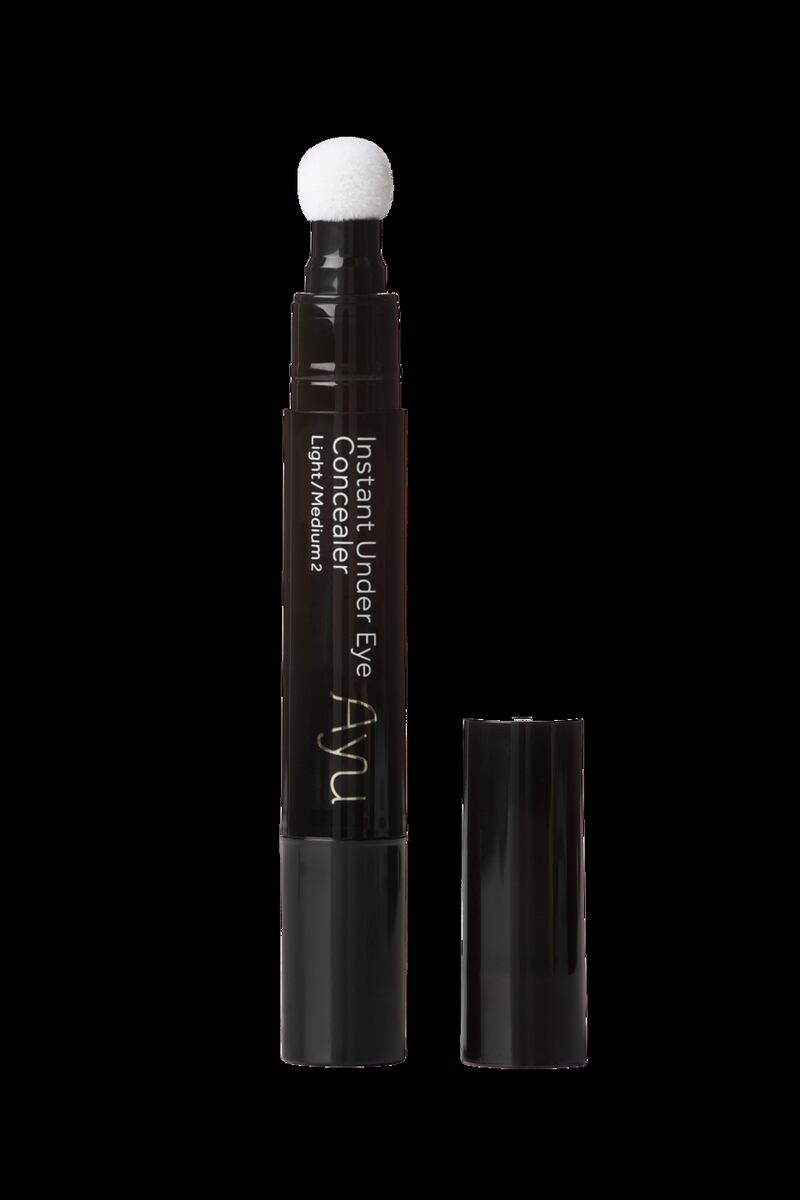
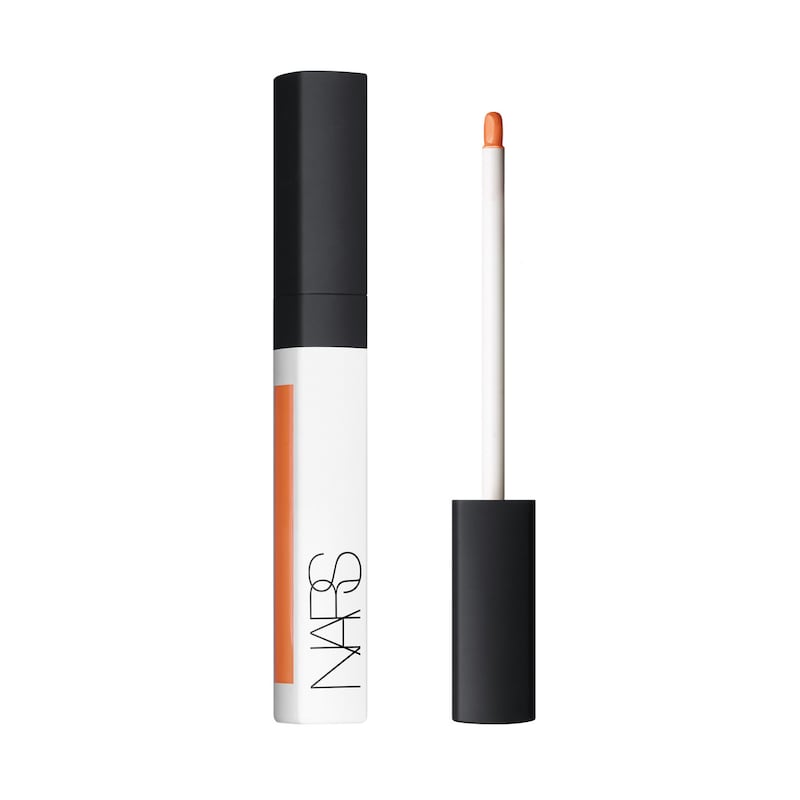
NARS Radiant Creamy Colour Corrector (€30 at Brown Thomas)
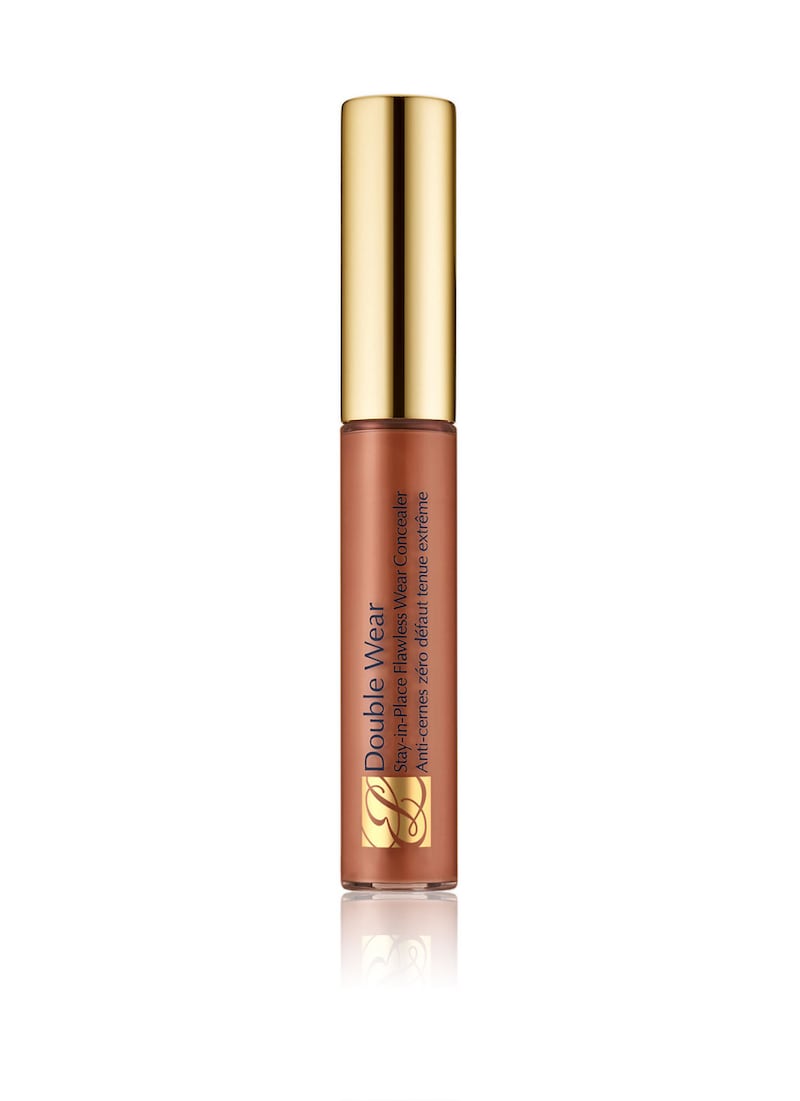
[ lookfantastic.ieOpens in new window ]
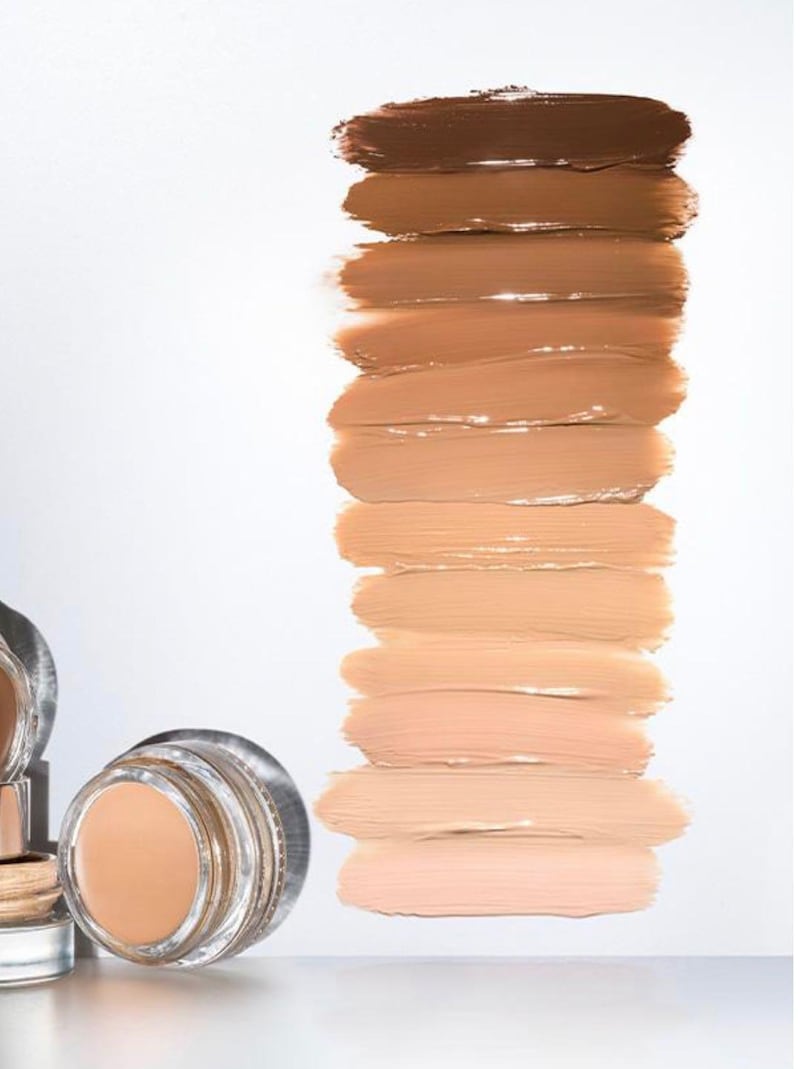
[ glossier.comOpens in new window ]
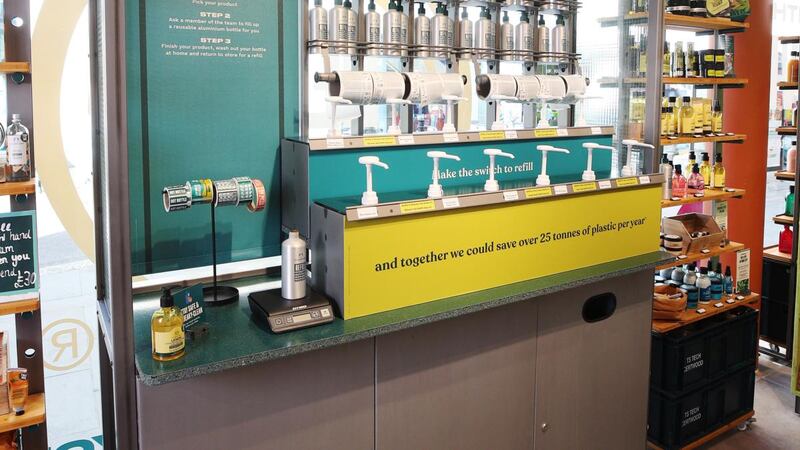
Product of the Week
The Body Shop is set to launch product refill stations instore this month. Refillable products will be both more affordable and sustainable.










